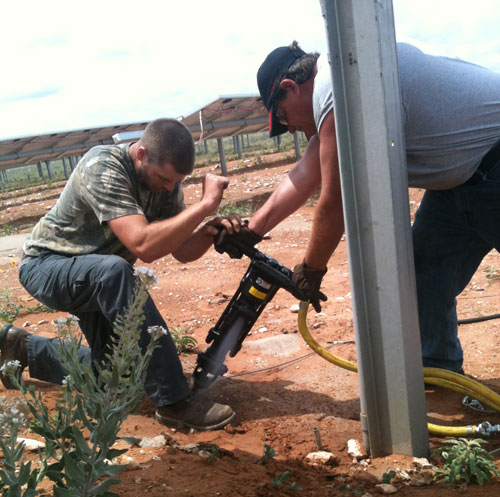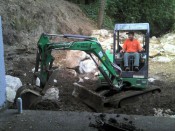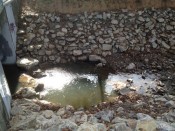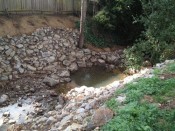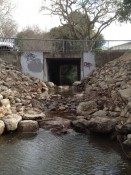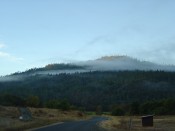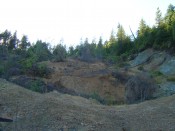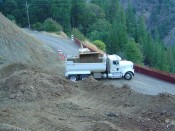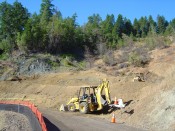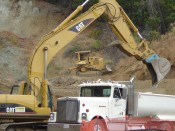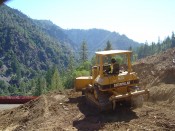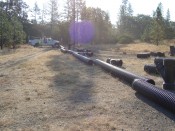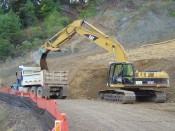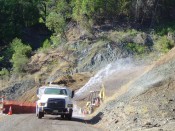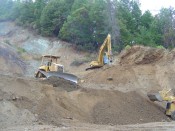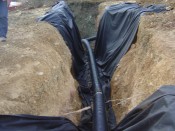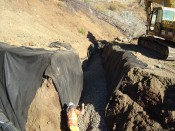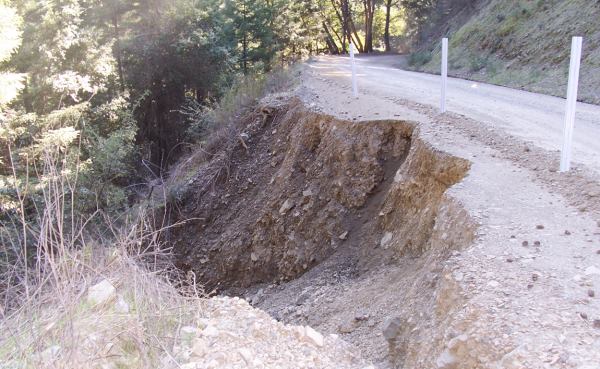
Although hydroseeding can often be an effective treatment for surficial slope instabilities, steep slopes and landslide prone terrain call for an altogether different approach.
The first step in analyzing a particular site is to determine the primary source of instability. Most frequently this can be attributed to high soil saturation and poor drainage. When combined with weak soils, joints or fissures in the slope material, contrasting material permeability, and steep slopes, the result is often catastrophic.
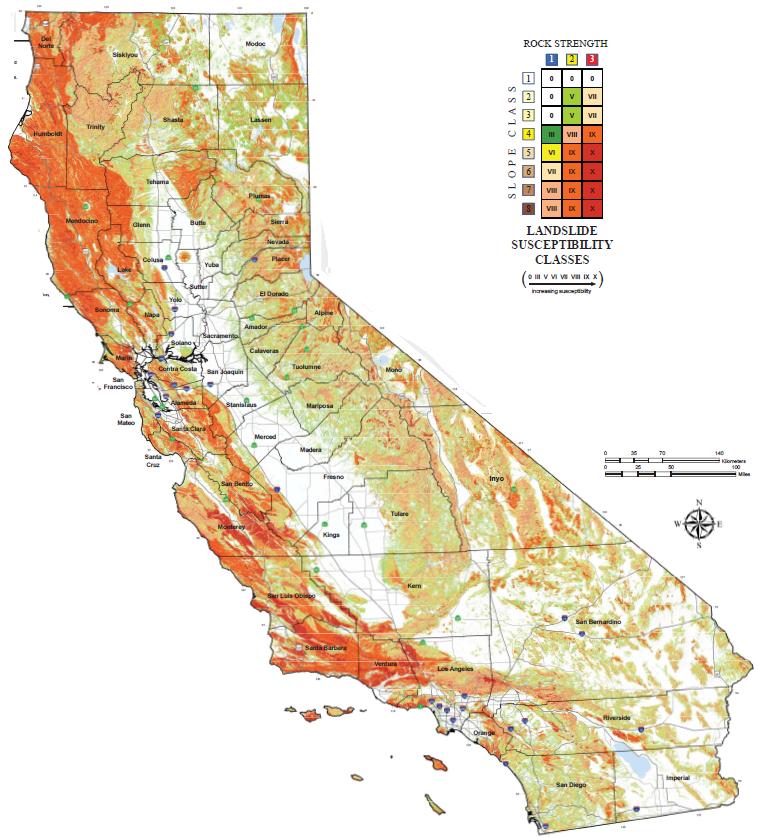
Estimated landslide susceptibility based on rock strength and slope steepness. Areas along the coast are among the most susceptible to deep landsliding. [California Geological Survey/USGS, 2011]
Trigger Events
In many cases, landslides occur immediately following a trigger event. Common triggers include prolonged, intense rainfall, accelerated snow melt, or seismic activity. In addition to the trigger event(s), a combination of natural and human contributions are almost always involved…
Natural contributions may include:
- Joints and fissures within slope material
- Rainfall
- Contrasts in materials including permeability and stiffness
- Earthquakes
- Erosion (glacial, fluvial, wave)
- Freeze-thaw cycles
- Tectonic and volcanic activity
Human contributions may include:
- Excavation
- Vibration
- Deforestation
- Water leakage
- Mining
Developing a Solution
Once the primary sources of instability have been identified and the soil properties analyzed, a mitigation plan can be developed for each area of concern:
- Surface and ground water drainage
- Failure planes/zones
- Soil mass support
- Rockfall hazard
- Vegetative establishment
Common mitigation techniques include percussion driven earth anchors, structural repair with compacted soil lifts, surface and subsurface drains, soil nails, gabions, and gravity systems. Effectively integrating these methods is the key to long-term slope stability.
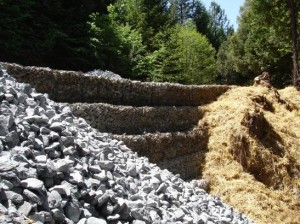
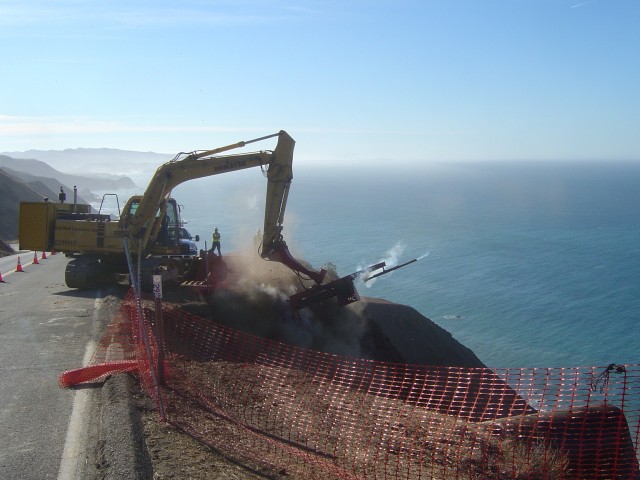
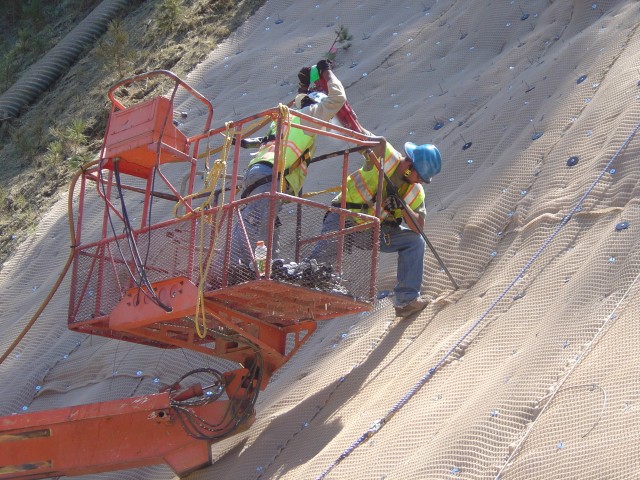
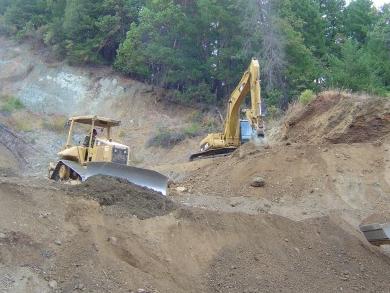
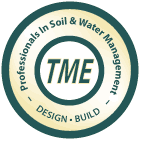 Thunder Mountain Enterprises offers design-build services for slope stabilization and landslide repair. For more information, please call 916.381.3400
Thunder Mountain Enterprises offers design-build services for slope stabilization and landslide repair. For more information, please call 916.381.3400
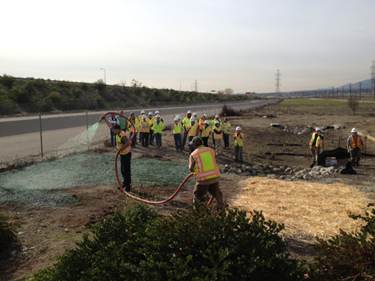 February 20, 2013. TME is partnering with URS Corp to conduct a series of statewide training courses for Caltrans. Each two-day course begins with an overview of water pollution control requirements and responsibilities, and ends with a hands-on field demonstration.
February 20, 2013. TME is partnering with URS Corp to conduct a series of statewide training courses for Caltrans. Each two-day course begins with an overview of water pollution control requirements and responsibilities, and ends with a hands-on field demonstration.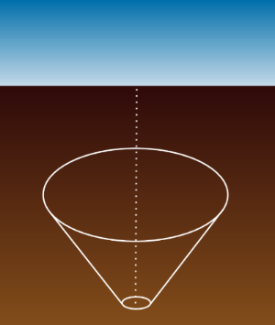
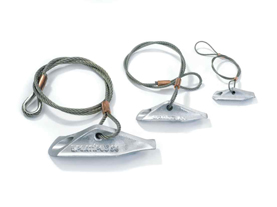

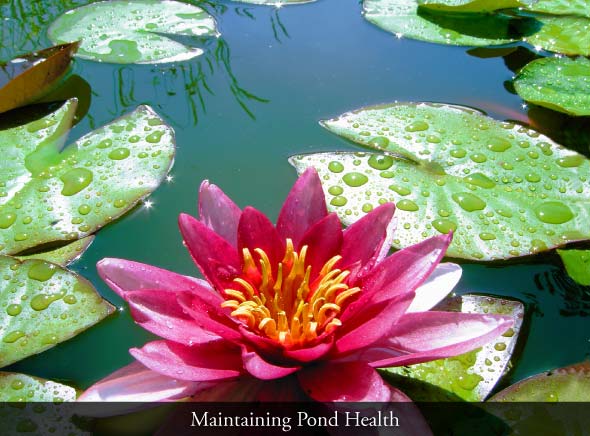

 Three living groups form the basis of every ecosystem: producers (autotrophs), consumers (heterotrophs), and decomposers (saprotrophs). Producers include phytoplankton, plants (such as algae), bacteria and protozoa. These organisms convert carbon dioxide and sunlight into organic compounds that consumers can utilize. Consumers, which include zooplankton, insects, worms, snails, amphibians and fish, survive by feeding on consumers and the nutrients they produce. Bacteria and fungi form the third and final link of the cycle, recycling waste produced by consumers into components that producers can use.
Three living groups form the basis of every ecosystem: producers (autotrophs), consumers (heterotrophs), and decomposers (saprotrophs). Producers include phytoplankton, plants (such as algae), bacteria and protozoa. These organisms convert carbon dioxide and sunlight into organic compounds that consumers can utilize. Consumers, which include zooplankton, insects, worms, snails, amphibians and fish, survive by feeding on consumers and the nutrients they produce. Bacteria and fungi form the third and final link of the cycle, recycling waste produced by consumers into components that producers can use.